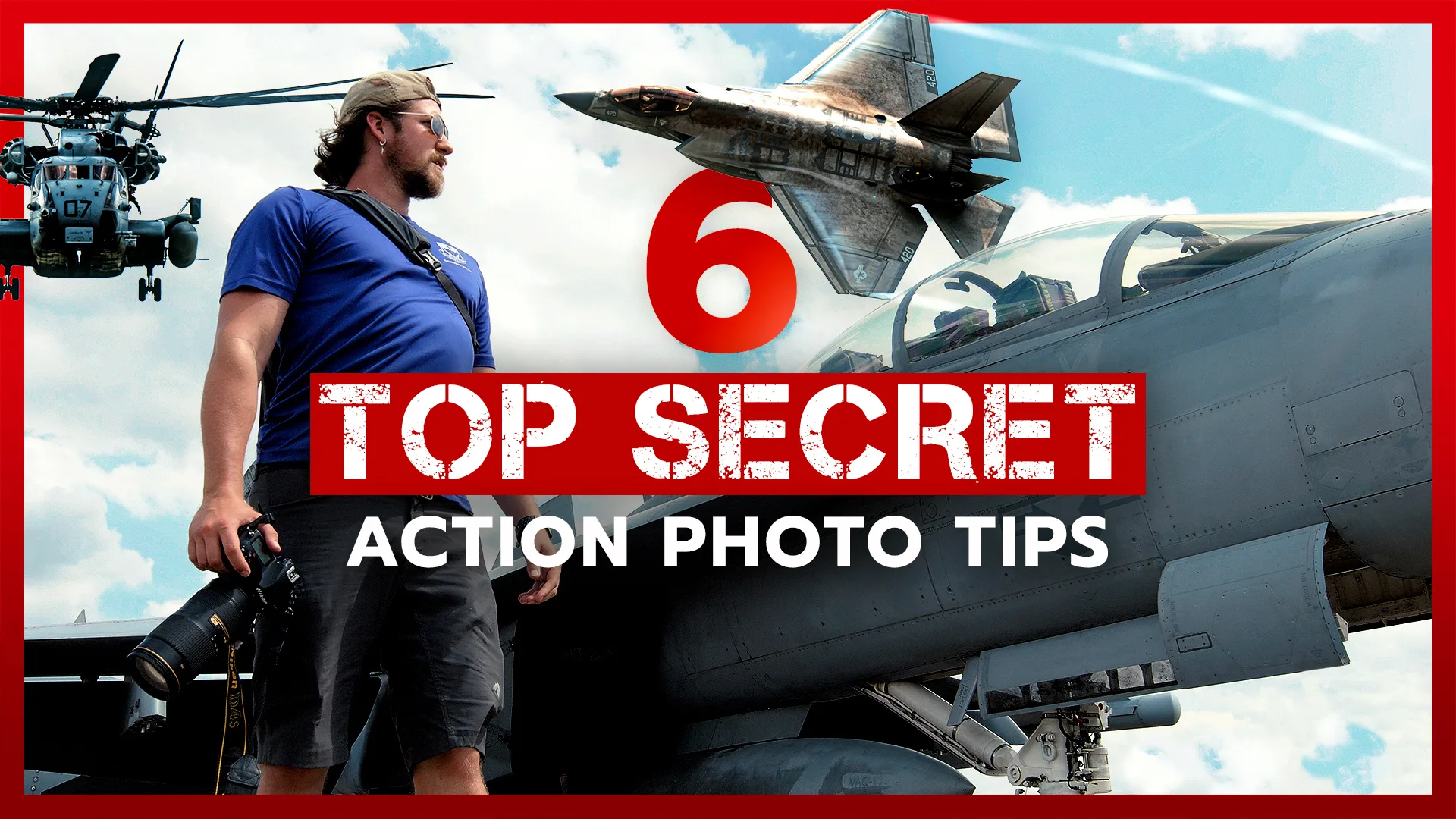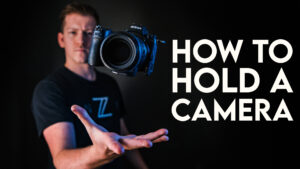Shooting a Moving Target
That phrase certainly has more than one connotation, especially coming from am ex-military combat photographer. While I’ll be using examples from my time in the U.S. Air Force, we are specifically talking about photography. I’ll be sharing my top 6 Action Photography Tips for run and gun photographers.
Capturing action, and telling a story of motion with your still photography can be tough. But we’ll break down my top tips, tricks and formulas so you can capture better action shots. It’s a lot more than cranking your Shutter Speed to 1/4000th of a second and snapping away with a continuous high burst mode. So let’s jump right into this action photography tutorial.
What is Action Photography?
Action Photography, sometimes known as an Action Shot, refers to capturing a photograph of a moving subject in a way that conveys motion to the viewer. The idea of showing a moving subject with still photography may sound quite contradictory. But don’t worry, this article is packed with tips, tricks and techniques to take your action shots to the next level.

Anticipate the Action
When capturing action shots, anticipating the subject’s movement is key. For example pre-focusing on where you subject will be, instead of where it currently is, may make the difference between a sharp or blurry shot. If your subject is moving in a straight line from point A toward point B, you can anticipate that your subject will arrive at point B. Thus by setting your focus at point B, you won’t be chasing your subject, searching for focus (and likely missing the shot) when the it arrives.
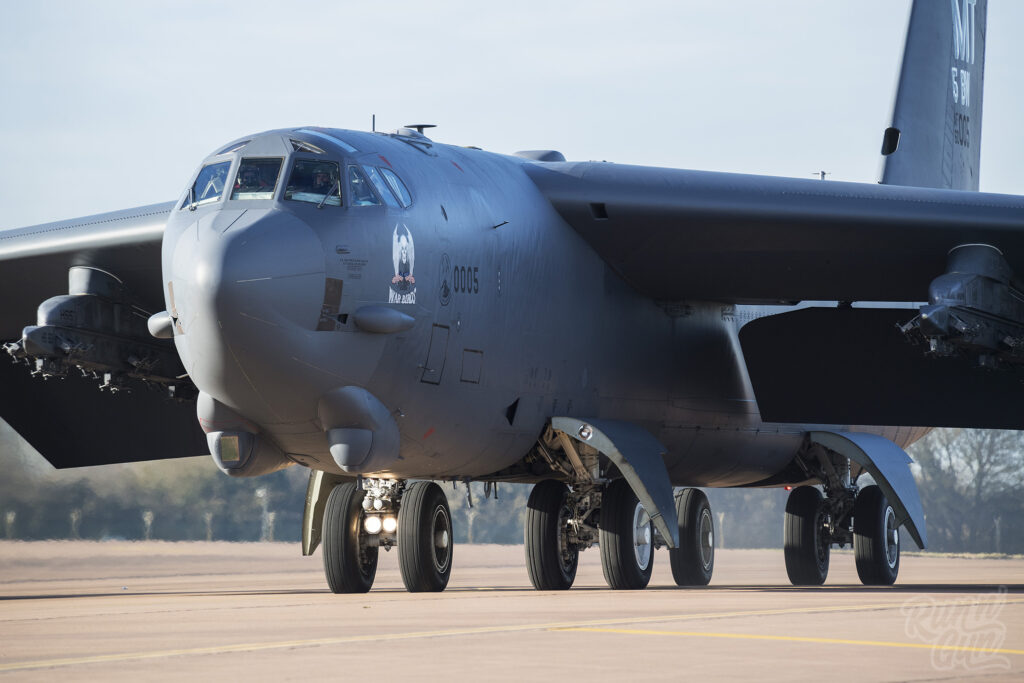
Don’t Chimp
What is Chimping? Chimping is a term used to describe when digital photographers look at the back of their LCD screen after every single shot. It’s a silly term derived from the monkey-like “ooohh” and “aaahh” noises made by photographers admiring their every shot. Another reason is because monkeys also enjoy inspecting everything. Don’t be a chimper!
If you’ve already set the proper exposure, and the lighting conditions haven’t changed, there’s no reason to stop shooting and check your LCD after every shot. You could be missing valuable moments while you’re too busy admiring your photos. There’s plenty of time to view all of your imagery at home at 100% resolution after the photoshoot. That’s not to say never look at your LCD — find a balance, but don’t miss the next shot chimping at the last shot.
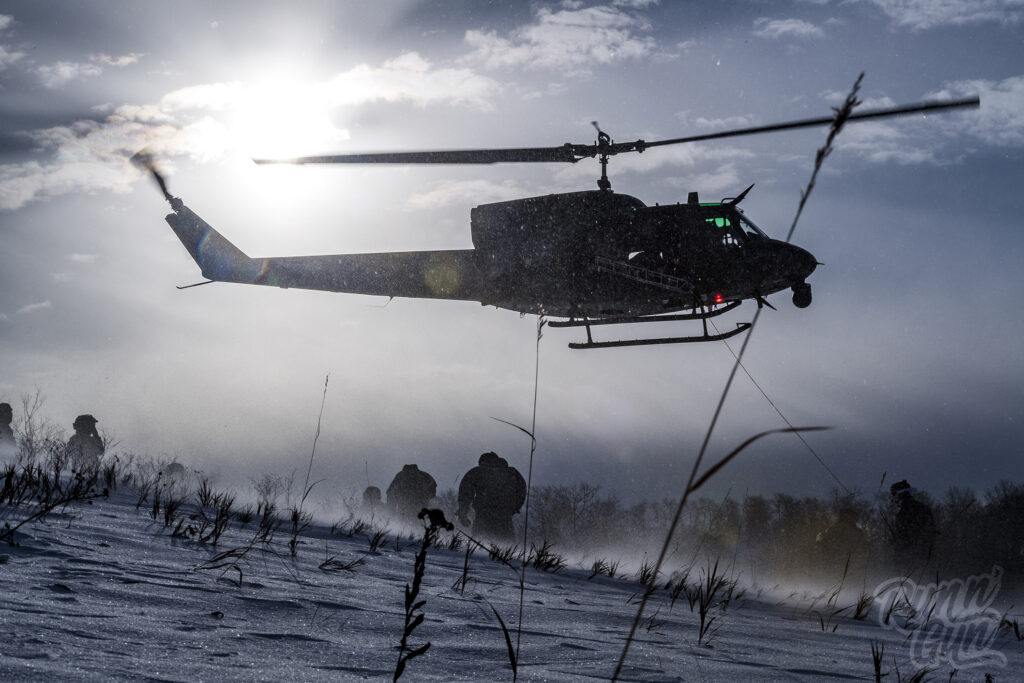
Know the Rules
I approach all action photography situations the same, whether I’m shooting sports, cars or a military training exercise. Before starting, we need to know the “rules” of the game. If I’m photographing a basketball game for example, there are literal rules: two teams of players on the court alternate putting the ball in the net. Our action is confined to the width and length of the court or how high the players can jump.
Military action can be approached in the same manner. We commonly used sports to practice capturing action shots. The fast pacing of sports helps one prepare for the rapid movement of military personnel and equipment. Also similar to sports, I was on a team (unit) with objectives (missions) to complete. Having a relative idea of troop positioning, movements and tactics are quite similar to sports plays and strategies.
Sure, rules can absolutely be broken. If you’re familiar with Murphy’s Law stating: “Anything that can go wrong, will go wrong,” you know things don’t always go according to plan. In sports, a basketball play may leave the court and punch a fan. In the military, equipment may break or an ambush occurs. While these are typically the exception, they may lead to unplanned photographic opportunities.
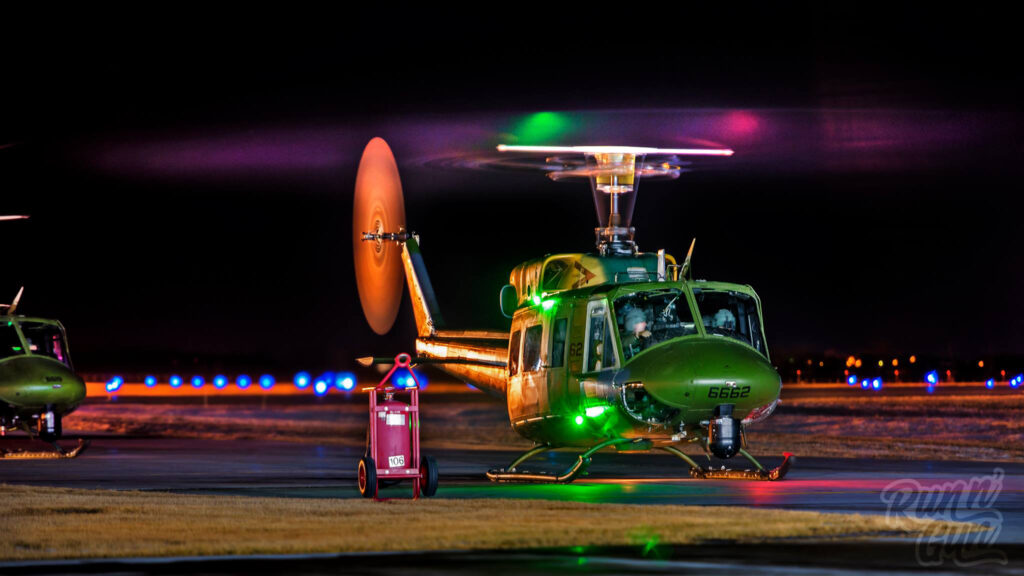
Shutter Speed Tricks
As I said earlier, there’s a lot more to action photography than cranking your shutter speed to 1/4000th and calling it good. Sometimes a slower shutter speed can be used to emphasize motion in an action shot. Using a technique like panning, when done properly, will freeze your subject and add motion blur to the background. Additionally, you can utilize a flash with rear-curtain sync to add a little more “pop” to the subject of your panning shot.
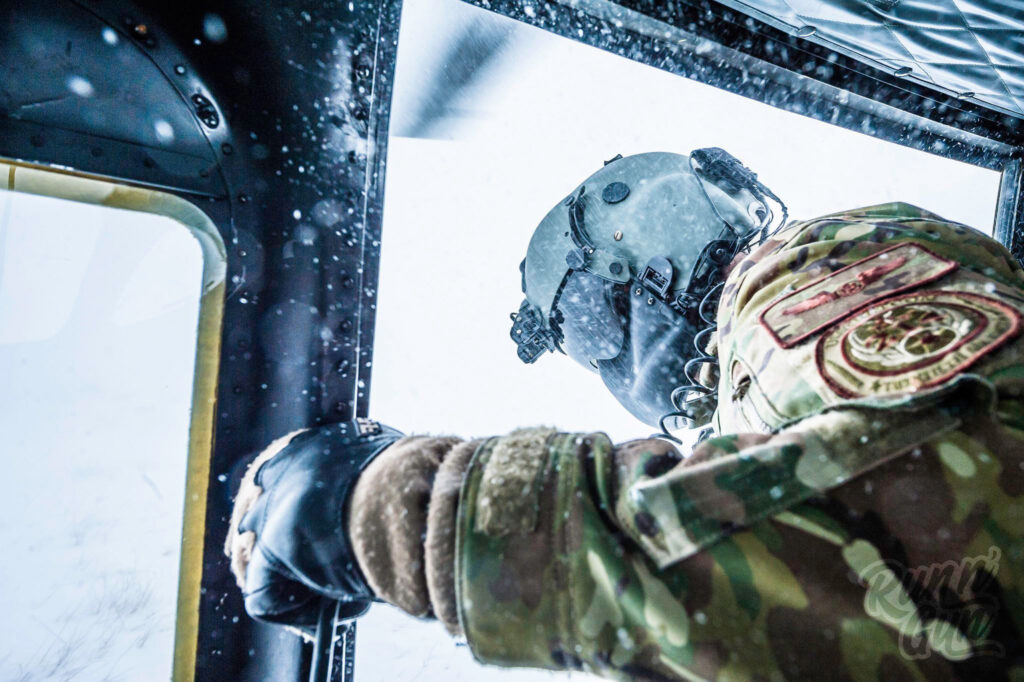
Always Be Ready
This may sound like common sense, but then again common sense isn’t always so common. This concept can be as simple as having enough fully-charged batteries or formatted memory cards at the ready, the moment you need them. You’d be surprised how many photographers show up to an all day event with one battery or one memory card…
This also means being able to take a photo from the right location at a moment’s notice. If you’re too busy changing lenses, buying a hotdog, or chugging a beer, you might miss out on some action shots. Heck, you may even be on the wrong side of the field during the tie-breaking point, if you’re not in-position and ready to shoot.
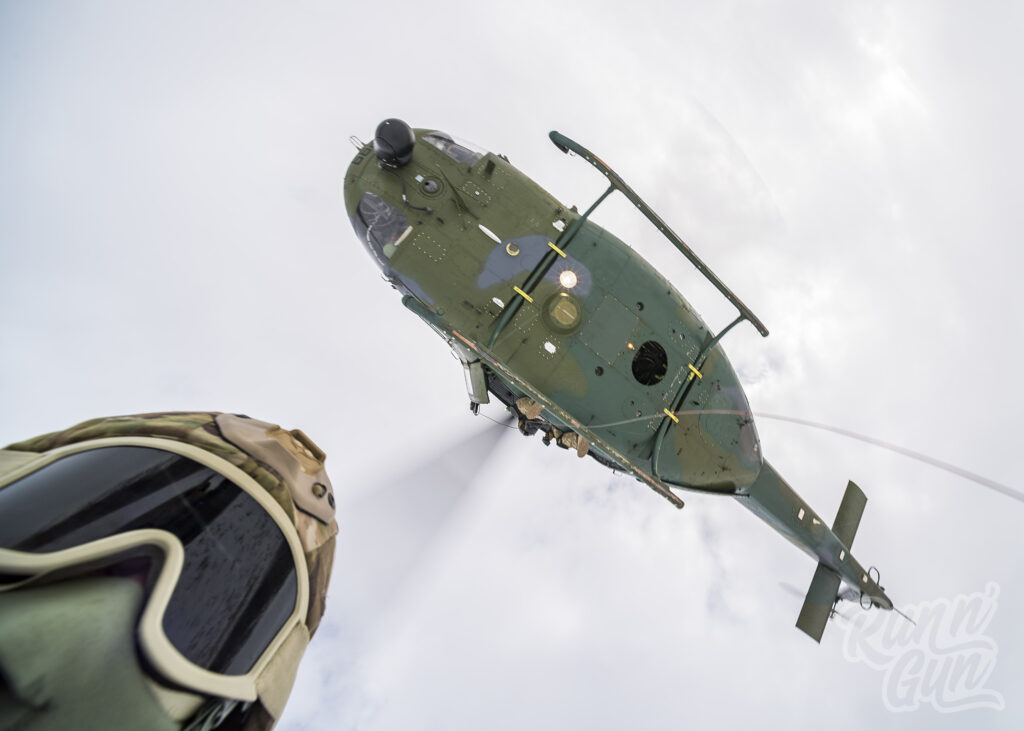
Situational Awareness
This could potentially be a life-saving tip for photographers. It’s easy to get tunnel-vision through that 70-200mm lens when there’s something awesome to be captured in front of you. Being situationally aware means knowing what is happening around you at all times. Is there heavy equipment moving in the area? Is your camera bag in a safe spot, where it won’t get snatched? If you step back, will you get sucked into a running turbine engine?
When I was photographing military action, it was critical to know what was happening in my surroundings, since my imagery, and at times my life, depended on it. I’ve watched as another photographer was nearly crushed by a taxiing B-52H Stratofortress bomber, because he was so focused on a shot of an aircraft at the other end of the runway.
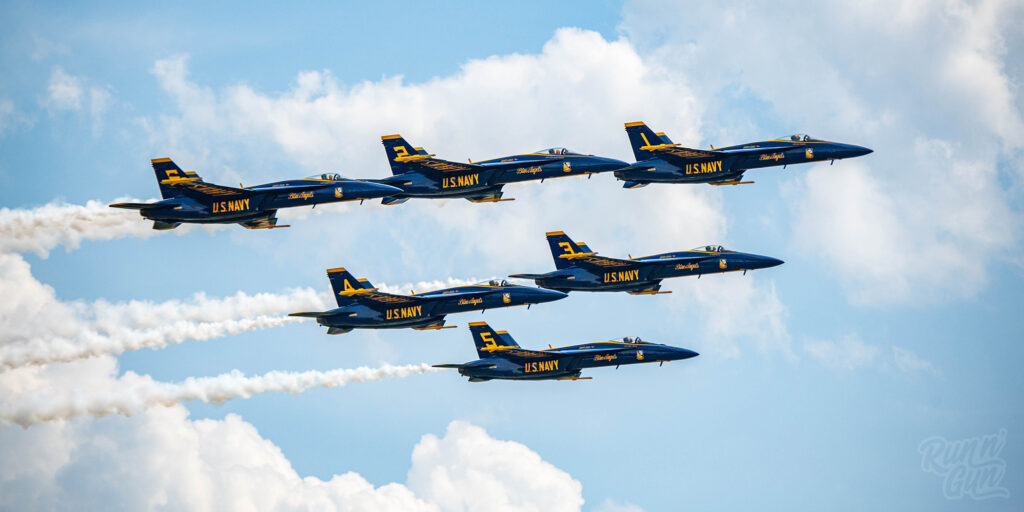
Two Theories of Action Photography
I like to break Action Photography down into two approaches or theories: Shoot & Move or Compose & Wait. There are Pros and Cons to both, but all of the 6 tips I shared earlier can be applied to these theories. There is no right or wrong way to capture action shots, so take all of this information and apply it to your own shooting style as you see fit. Let’s start with the idea of Shoot & Move.
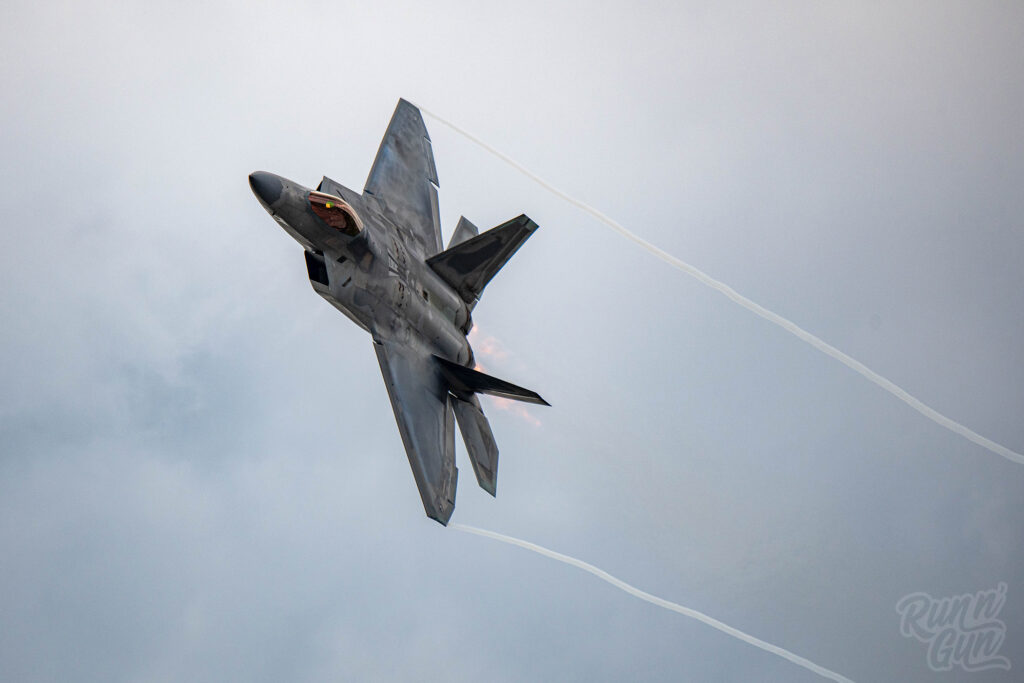
Shoot and Move
This is run and gun photography in its most literal form. With this capture style, we are physically following our subject, hoping for a serendipitous clash of light, composition and moment. The pro of this shooting style is you may capture an amazing moment while chasing the action. After all you are in the action, giving a POV (point of view) perspective, which can be powerful.
The biggest con is also that you are in the action. In addition to being possibly dangerous, you may find little time to stop and compose your shots, leaving you with a lot of blurry frames.
Compose and Wait
It sounds simple; find great light, compose your shot and then wait. When your subject enters the frame you’ll capture a well-composed photograph of the decisive moment with great light. Sounds like the easiest way to go about capturing action shots, right? The obvious pros are that you have precise control over your lighting, focus and composition.
However, what if your subject never makes it into your frame? All of that preparation was for nothing. Additionally, you may miss out on other great shots because time was spent sitting…and waiting.
6 Action Photography Tips: Conclusion
I’d like to foot-stomp that there’s no right or wrong way to capture action with photography. Anyone can be an arm-chair quarterback and debate theory from behind a keyboard. It’s quite different to be out in the field, doing the actual work and adapting to challenges. Practice may not make perfection, but it can certainly help reduce imperfections inherent with the craft.
I hope you enjoyed my 6 Action Photography Tips and my run and gun photography theories. Take the techniques that work for you and implement them into your shooting style! If you found value in this tutorial please Subscribe to the blog and my Run N Gun Photography YouTube Channel. I’d also love to hear your feedback, so drop a comment!
Until next time, get out and go shoot!

